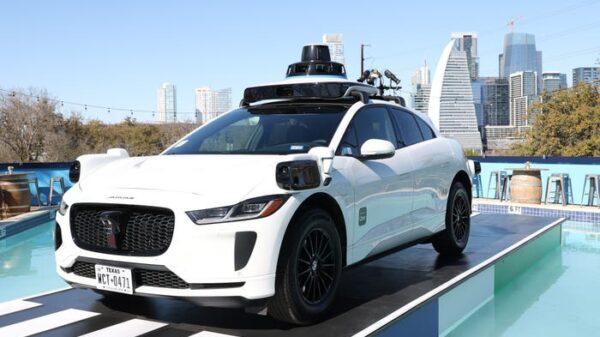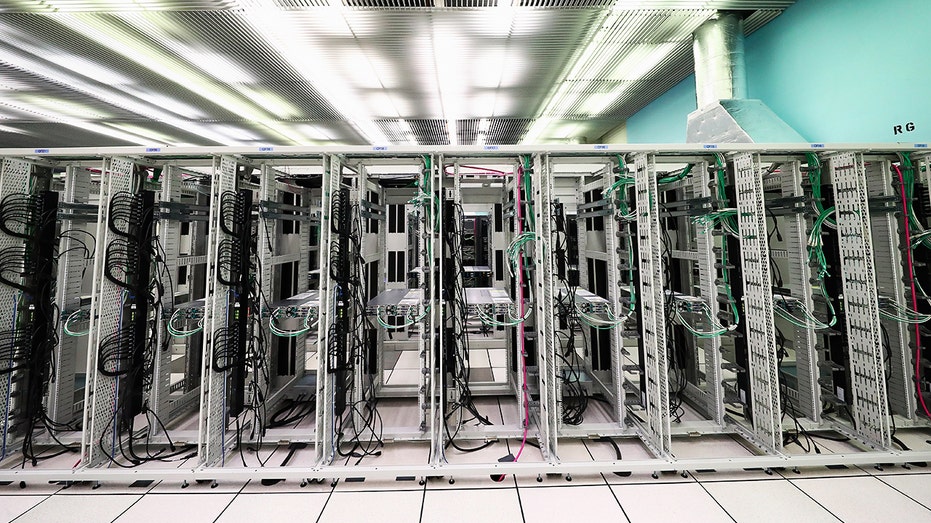BREAKING: A groundbreaking mission is underway as NVIDIA’s powerful H100 GPU prepares to launch aboard the Starcloud-1 satellite, marking a pivotal moment in the future of computing. Set to take off from Redmond, Washington, this mission aims to test the viability of space-based data centers, potentially transforming how we process and store data on Earth.
URGENT UPDATE: This revolutionary satellite, designed by Starcloud, is poised to travel at an astonishing speed of 329,000 mph. Its primary goal? To determine if relocating data centers into orbit can significantly reduce pollution, conserve resources, and enhance computing speeds across the globe.
The implications of this mission are profound. Currently, data centers consume massive amounts of electricity and water while emitting greenhouse gases that negatively affect local communities. By moving these facilities into space, Starcloud aims to leverage abundant solar energy and natural cooling in the cold vacuum of orbit. As Philip Johnston, CEO of Starcloud, stated, “The only environmental cost is the launch. After that, we could save ten times the carbon emissions compared with running data centers on Earth.”
This mission is not just about efficiency; it symbolizes a shift toward sustainable technology solutions. The Starcloud-1 satellite, roughly the size of a small refrigerator, will use the H100 GPU to process satellite data in real time, leading to faster analysis of critical information such as wildfire detection, crop monitoring, and weather forecasting. Traditional methods require data to be sent back to Earth, causing delays that can hinder timely decision-making.
The significance extends further: for the first time, a large AI model, Google’s Gemma, will operate in space. This milestone could revolutionize how AI tools function, making them more efficient and responsive to real-world applications.
Starcloud’s ambitions do not stop here. The company plans to develop larger, orbiting data centers powered by sunlight and cooled naturally by the cold environment of space. Their long-term goal includes creating a 5-gigawatt orbital data center, spanning approximately 2.5 miles (around 13,000 feet) across, capable of handling massive AI workloads while being cost-effective and environmentally friendly.
As launch costs decline, the prospect of establishing data centers beyond Earth becomes increasingly viable. Johnston predicts that by the 2030s, many new data centers will operate in orbit rather than on land, reshaping the landscape of global computing.
IMPACT: If successful, this initiative could lead to a dramatic transformation in the technology that powers our applications, games, and AI tools. Space-based data centers promise to enhance cloud services’ speed and efficiency while significantly reducing environmental harm. They could also expedite disaster response efforts and improve weather forecasts, ultimately saving millions of gallons of water yearly.
This mission exemplifies how innovation and sustainability can converge, paving the way for a cleaner, more efficient digital future. As technology continues to evolve, the idea of data centers operating in space is shifting from science fiction to reality.
NEXT STEPS: The world will be closely watching the launch of the Starcloud-1 satellite. As the mission unfolds, it could lead to new insights into sustainable computing practices and greater advancements in AI technology.
What are your thoughts on the future of data centers in space? Is it an exciting prospect or a risky venture? Share your opinions at Cyberguy.com.
Stay tuned for further updates as this story develops.





































































